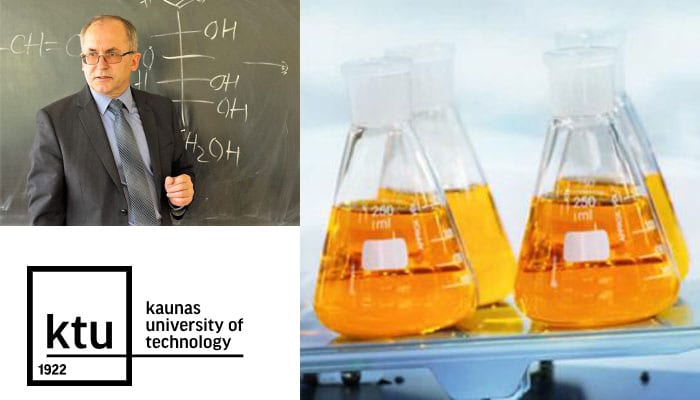A group of chemists at Kaunas University of Technology (KTU) in Lithuania have synthesized a new material which can be used as a detector of cyanides in water.
The new material reacts to cyanides and changes color nearly instantly after exposure to the toxic substance. One of the compound’s bonds dissociates and nitrophenolate forms, the source of the color change. Comparing with the similar substances currently used in cyanide detection products, the compound synthesized in KTU laboratories is more than 20 times faster.
Low concentrations of cyanide can be highly toxic to people and wildlife. Cyanide is produced naturally by over 1,000 plant species, among them sorghum, bamboo shoots and cassava. Additionally, discharges from metal finishing industries, iron and steel mills, and organic chemical industries are among the major culprits of cyanide releases to water. Chlorination treatment of some wastewaters can produce cyanides as a by-product.
“Some regions are more susceptible for cyanide contamination in water than others. For example, among the potentially dangerous natural sources of cyanide is cassava, which in South American countries is used for food, and which can be poisonous if not properly prepared. Also, the waters used in mining industries have to be checked from cyanide as it is being used in the extraction of gold and silver”, says Professor Vytas Martynaitis, researcher at KTU Department of Organic Chemistry.
The compound synthesized by a group of researchers of KTU Faculty of Chemical Technologies could be of use in situations, where cyanide poisoning is likely. “Our compound is faster than other researched and commercially used colorimetric substances. While currently used in the market cyanide detectors’ reaction time is 20 minutes, our compound gives out color upon detecting cyanide in half a minute”, points out Martynaitis.
The substance synthesized by KTU chemists “Spiro[chroman-2,2″-indole] derivatives as cyanide ion chemo sensors” has been recently patented by European Patent Office (EPO). Commercialization of the invention is facilitated by KTU National Innovation and Entrepreneurship Centre.



